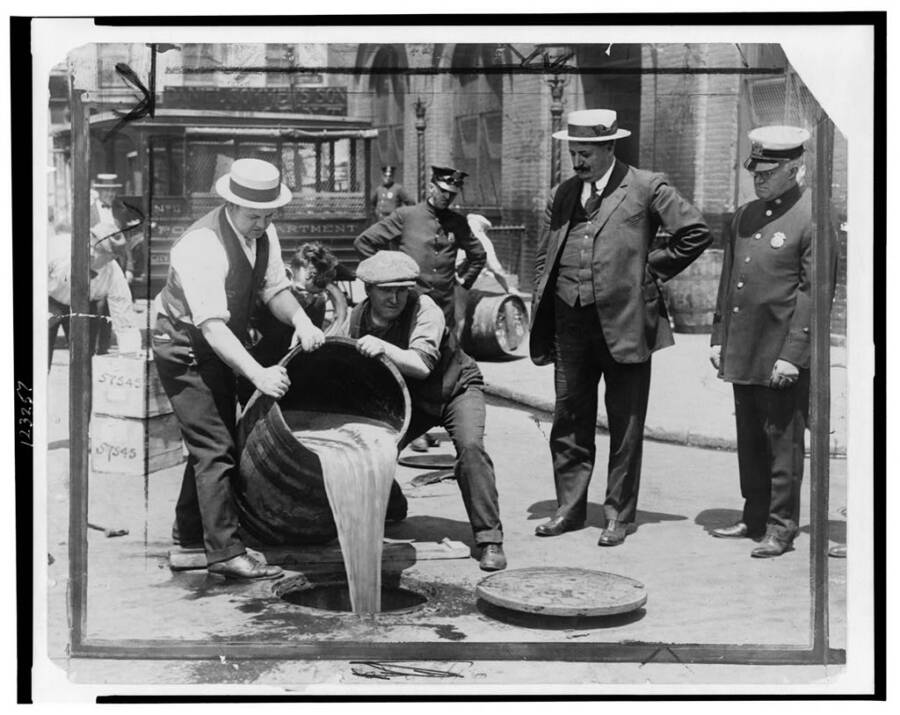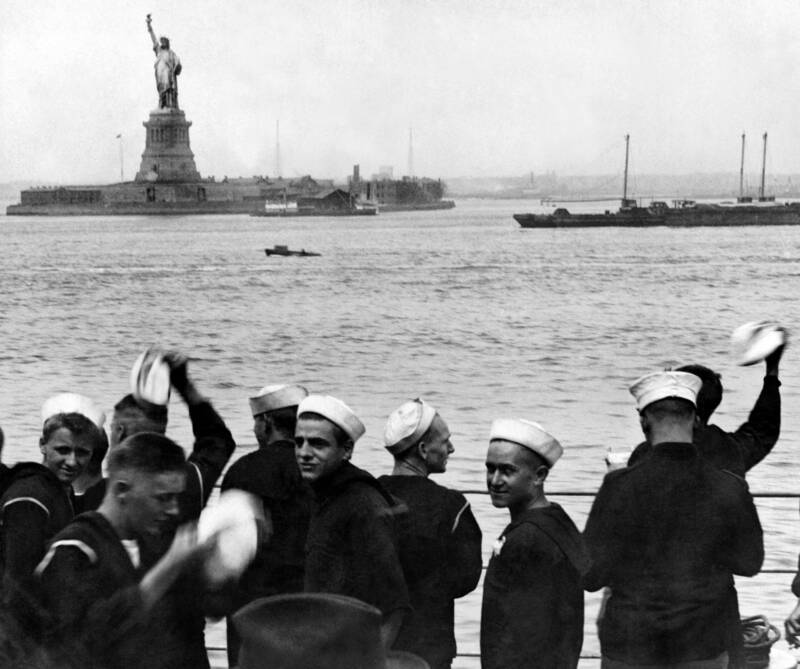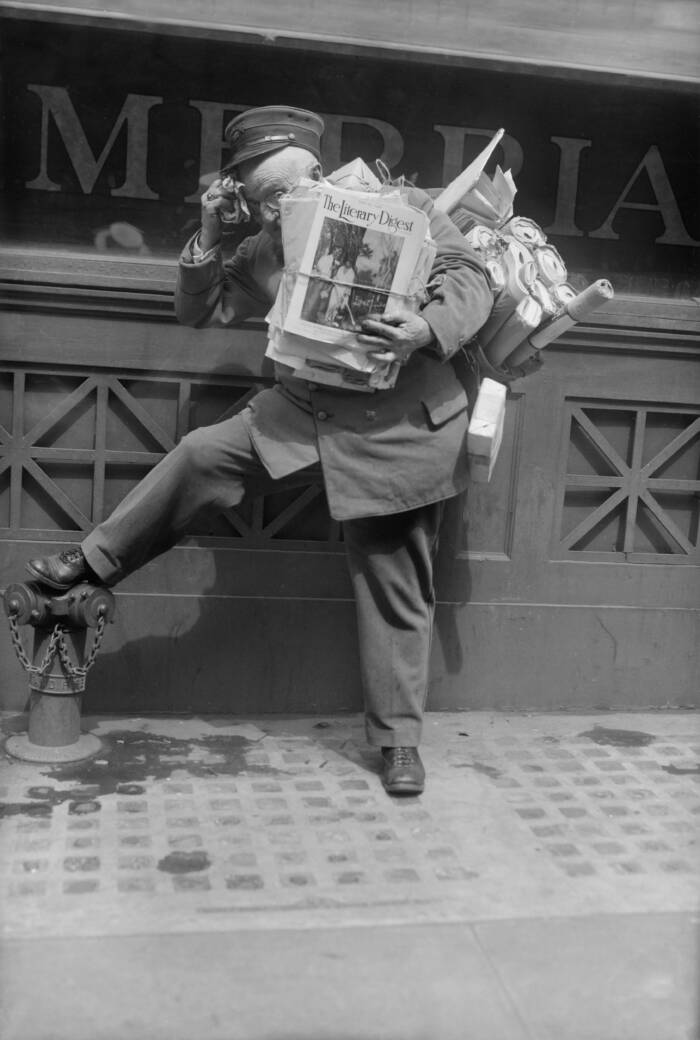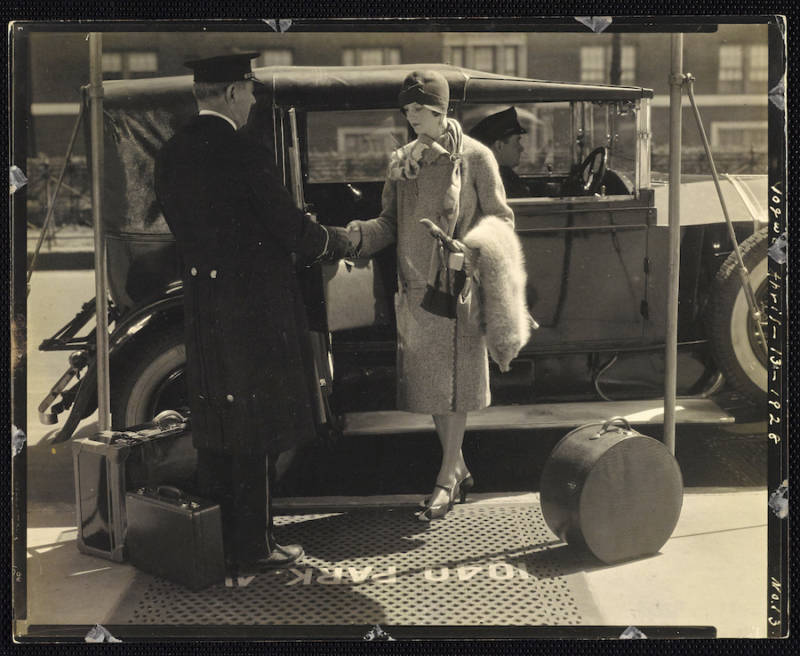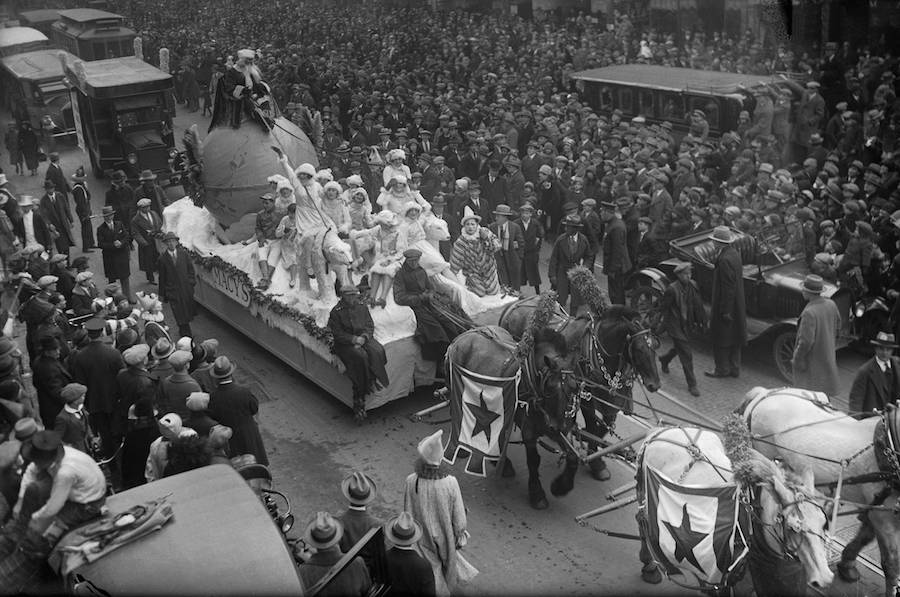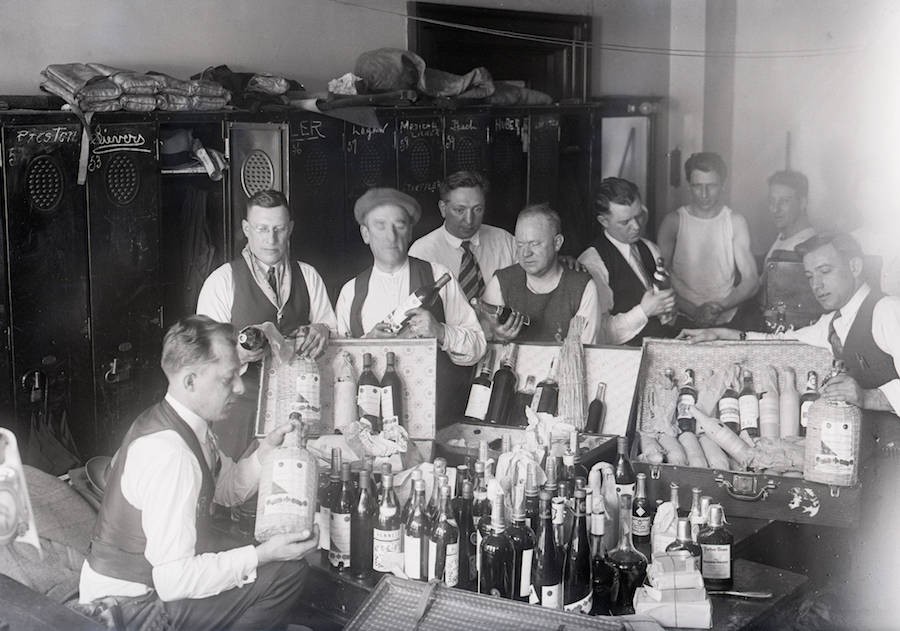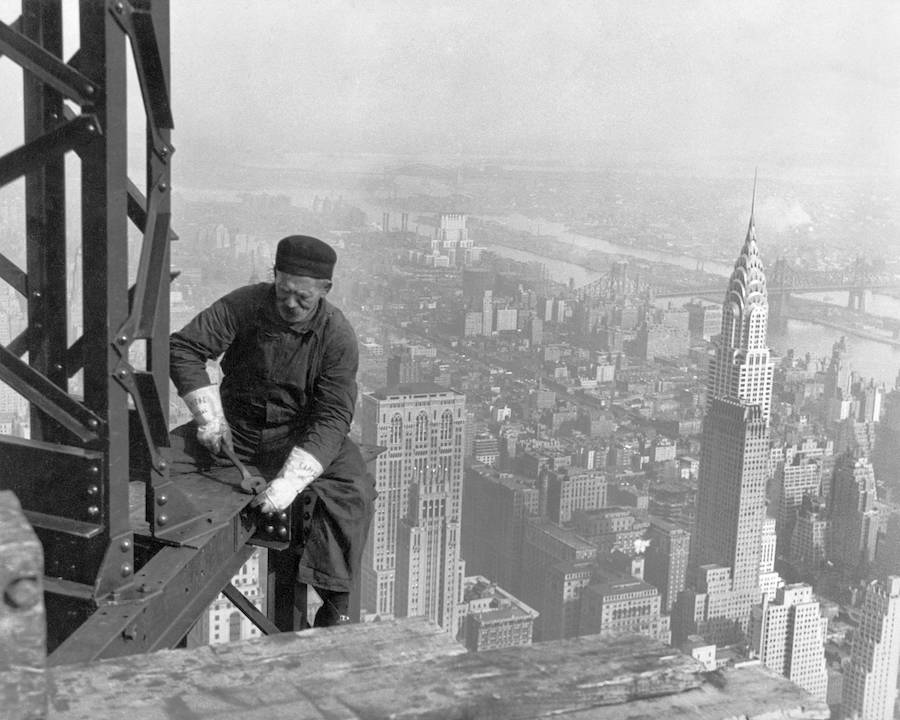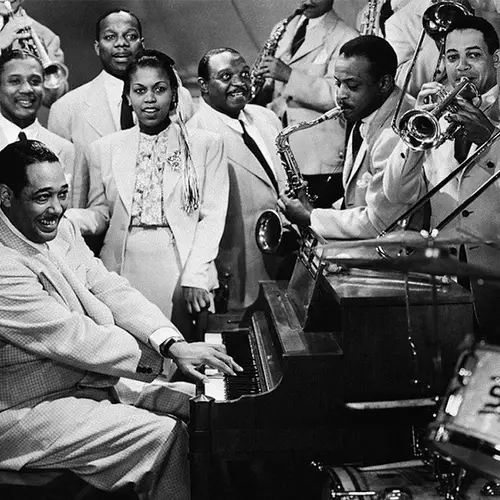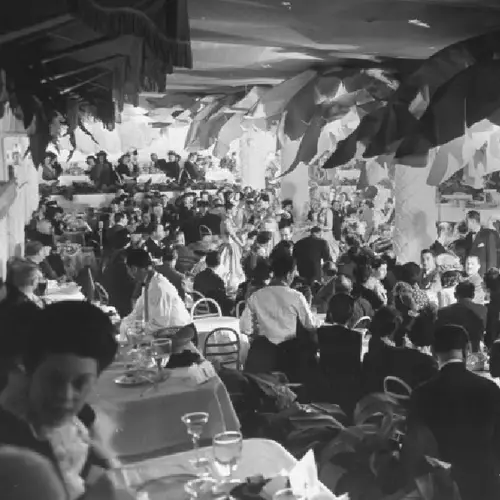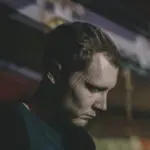From flappers and speakeasies to tenements and the stock market crash, take a trip back in time to the New York of the Roaring Twenties.
New York City in the 1920s was an exciting place to be. The Roaring Twenties were in full swing: The postwar economy was booming, the rising popularity of jazz forever changed the course of music and dance, and modern advancements in technology were ushering in a new age of scientific discovery, industrial development, and social progress.
But with the widespread optimism brought about by these changes, the flaws of old American society became more apparent than ever before. Women and minority groups saw a greater push for equal rights, spurred on by the women's suffrage movement and the Great Migration.
Meanwhile, young men returning from war dealt with the difficulties of reintegrating into a society that could never fully understand them or their experiences on the battlefield. Many struggled to find work, suffering from wounds or disabilities they endured after fighting for their country, and despite parades and public celebrations to welcome them home, the realities of returning to civilian life proved to be much more bleak.
And amidst all of this, Prohibition brought about even more unintended consequences, shifting the production, sale, and transportation of alcohol from legitimate businesses to various organized crime figures — a move that made a lot of them very wealthy.
Then, of course, the economy spiraled into peril on Black Tuesday.
Explore the rapidly changing, incredible, and tumultuous life of New York City in the 1920s through our photo gallery above.
The Postwar Boom, The Harlem Renaissance, And The Jazz Age In 1920s New York
The 1920s kicked off with a profound sense of optimism, fueled by a booming economy and a widespread belief in lasting American prosperity. New York City, effectively the financial heart of the whole nation thanks to Wall Street, was at the epicenter of this economic surge.
Though the country had suffered a small economic slump early on in the decade, the economy soon made a huge comeback after Secretary of the Treasury Andrew Mellon made a push for the Fed to lower interest rates. As prices for goods went down, the rise of easy credit and stock market speculation meant that it was simpler for investors to become rich.
Fortunes were made, it seemed, overnight as the New York City skyline rose to new heights — quite literally — with iconic structures like the Chrysler Building. Of course, not everyone shared in this economic prosperity.
For the factory workers, new immigrants, and everyday laborers, Wall Street fortunes only widened the gap between the wealthy and the poor. While new skyscrapers reached for the heavens above, those left in the muck at their feet struggled with issues like overcrowding and vulnerability to diseases. These problems only worsened after the stock market crashed in 1929.

Library of CongressFlappers, sometimes known as the Greenwich Village Girls, were the ultimate "it girls" of 1920s New York.
Meanwhile, however, a new kind of revolution was taking place. The Great Migration, which saw millions of Black Americans move from the rural South to cities in the North, led to the transformation of New York's Harlem neighborhood into the central hub of Black intellectual and artistic life.
The Harlem Renaissance introduced artists, musicians, writers, and activists who challenged racial stereotypes and celebrated Black identity. Among the Harlem Renaissance's most influential figures were Langston Hughes, Zora Neale Hurston, and Claude McKay, whose groundbreaking works captured the complexities of the Black American experience.
Many nightclubs in Harlem became legendary, showcasing countless talented Black musicians and dancers. But some, like the Cotton Club, also became infamous for only welcoming white audiences (Black guests were only allowed to watch the Cotton Club shows if they were celebrities).
Before long, jazz had spread to the larger American culture, as the improvisational, syncopated rhythms of the music captured the spirit of the decade: liberation, spontaneity, and a defiance of convention. Clubs and dance halls across the city were alive with the sounds of Louis Armstrong, Duke Ellington, and Fletcher Henderson, among numerous others.
All of this could be easily personified in the flapper. With her bobbed hair, shorter skirts, and rebellious nature, the flapper was an iconic symbol of the Jazz Age, representing the newfound social freedoms of women and the Prohibition era's speakeasy culture, especially in 1920s New York.
Immigration And World War I Veteran Reintegration Into Society
New York City had long been a gateway for immigrants arriving in the United States, and the 1920s continued the trend. By the middle of the decade, however, new restrictions were imposed that complicated the process.
Ellis Island was as bustling as it had always been, if not more, as it welcomed waves of newcomers from Southern Europe, as well as other parts of the world. These new arrivals, who were often fleeing poverty, political unrest, or religious persecution, sought a new life in America. And of course, many settled in the already diverse city of New York.
Neighborhoods such as the Lower East Side, with significant Jewish and Italian communities, contributed even further to New York City's diversity. However, a strong nativist sentiment was steadily growing among Americans in the 1920s, and the implementation of restrictions on immigration hampered the flow of newcomers by the latter half of the decade.
To make matters worse, as the Museum of the City of New York notes, immigrants were often singled out for their ethnicities or religious beliefs. Despite New York being a melting pot of cultures, it was also a place of rampant bigotry, discrimination, and isolation among communities who, for one reason or another, could not reconcile their perceived differences.
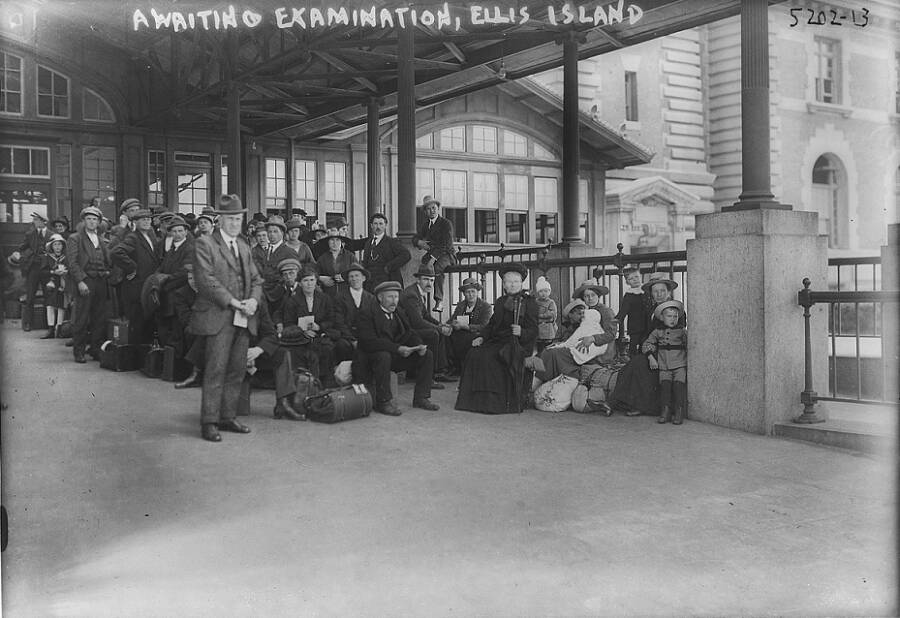
Library of CongressA group of immigrants awaiting examination at Ellis Island before being granted passage into the United States.
At the same time, the city was grappling with the reintegration of World War I veterans. These men, having experienced the horrors of trench warfare, returned home to find that they had changed — and that the society they left behind had changed too, just not in the same way.
According to the Gilder Lehrman Institute of American History, the U.S. War Department and the Office of the Surgeon General issued "Rules for the Discharge of Disabled US Soldiers" in January 1919 to help returning veterans who suffered psychological and emotional damage in the trenches reintegrate into society. However, the paperwork was confusing and many World War I veterans struggled to find work and lived in poor conditions.
In response, specific veteran organizations were established to help provide better support, but even today, veterans can still have difficulty finding work, receiving medical treatment, and even surviving once they return home. Moreover, the impact of World War I and the scars that it left on these young men would influence the generations that followed.
Prohibition And The Rise Of Organized Crime
There was no single policy that defined 1920s New York City as dramatically as Prohibition. Following the ratification of the 18th Amendment in 1919, the manufacturing, sale, and transportation of alcohol was outlawed in the U.S. — and there were many unintended consequences to this decision.
Rather than eradicating drinking, Prohibition instead fueled a massive underground economy and the rise of organized crime. New York City in particular, thanks to its dense population and pre-established criminal networks, became a hotbed of illicit alcohol production and distribution. It also created a power struggle among New York's various mobsters.
Speakeasies, hidden bars operating in defiance of the law, popped up across the city. From discreet basements to elaborate, hidden nightclubs, these establishments offered patrons — who knew a password or secret knock — an escape from the enforced dryness of Prohibition in favor of a boozy night out. Bootleggers, smugglers who transported illegal alcohol, became wealthy and powerful by selling drinks like bathtub gin, moonshine, and smuggled Canadian whiskey at high prices to these establishments.
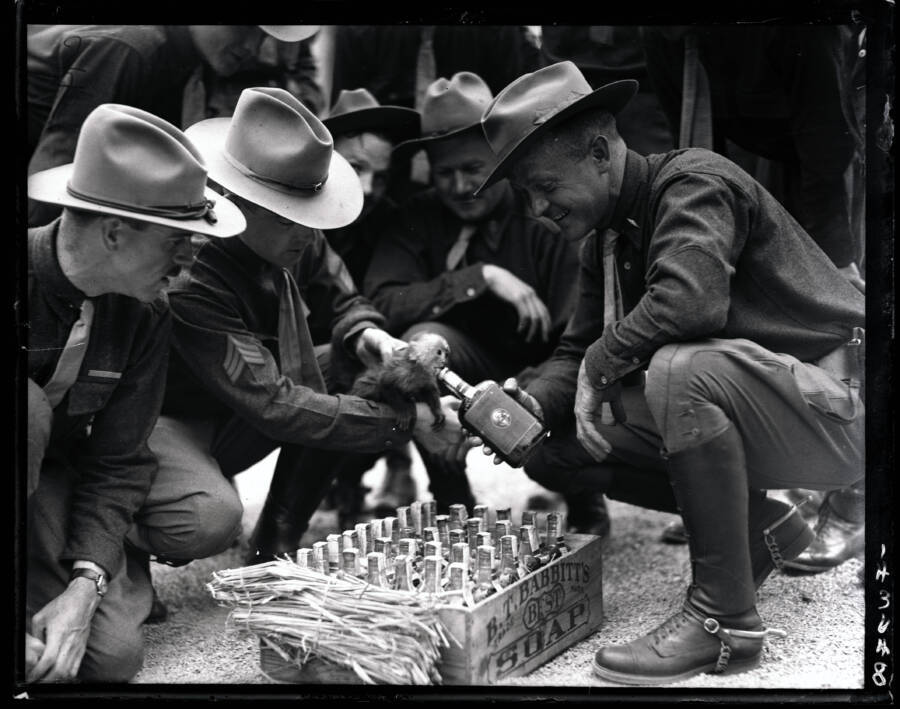
Bettmann/Getty ImagesNew York State troopers giving a monkey a drink after seizing alcohol during Prohibition.
Because of this opportunity to make more money, rival gangs and organized crime groups were locked in a seemingly never-ending turf war, as various crime bosses gained more power. Unsurprisingly, these organizations often turned to violence to control their territories, and they bribed corrupt police officers and local officials to turn a blind eye to their operations.
Even with the repeal of Prohibition in 1933, the most powerful mobsters maintained their influence for decades, especially with the formation of the Five Families. And in them, we see part of the great paradox of the Roaring Twenties. Despite being described as a time of wealth and prosperity, history shows that this was only true for a portion of the American population — primarily those who were already established and able to bet well on Wall Street or those who became rich through nefarious means.
The middle class did enjoy a higher standard of living for a time, but when the Great Depression began near the end of the decade, it was the middle class and the poor who suffered the most. In fact, some wealthy citizens even benefited financially during the Depression, showing that while money can't buy you happiness, it can certainly buy you peace of mind.
Next, check out these colorized photos of the Roaring Twenties. Then, take a look at the Ziegfeld Follies, the 1920s' sexiest Broadway revue.


